The Anaheim Ducks are deep in a rebuild. After a historically bad 2022-2023 season, they were less of a pushover this season. Are they ready climb out of the Pacific Division cellar?
Roster Ruminations
NHL Roster
The Ducks completed a major tear down of their roster as they set out on their rebuild. Their prospects are starting to hit the NHL, but they’ve continued to bring in veterans over the past couple of summers to plug holes and add trade deadline bait. They should be on their way up, although the early model projection for next season isn’t terribly flattering. The Ducks are projected to struggle with key possession metrics and be a bottom dweller again in 2024-2025.
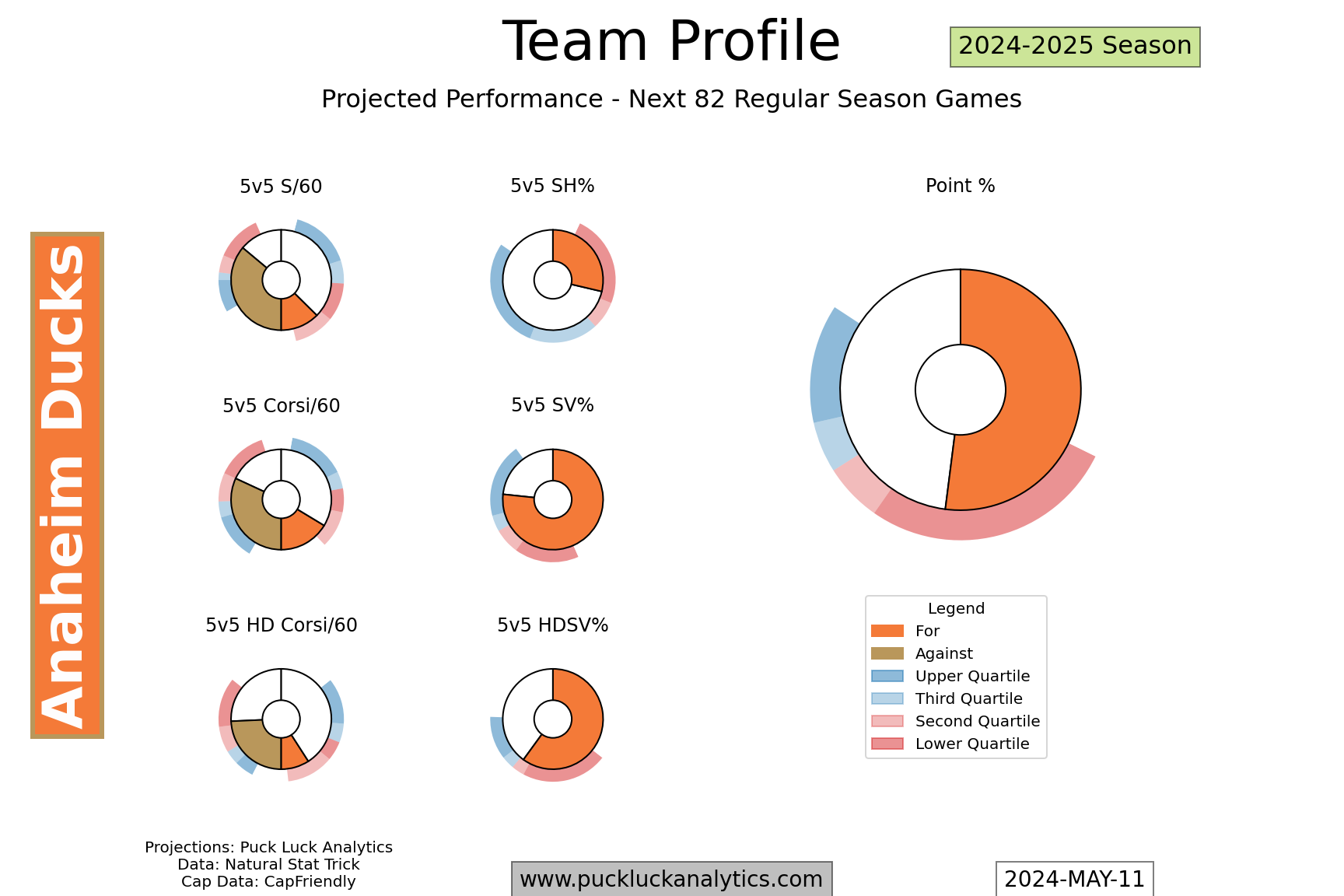
Salary Cap Management
While their 24/25 team profile does not inspire a lot of confidence right now, the Ducks do have a lot of cap space to work with this summer as they try to build back up. Jakob Silfverberg announced his retirement and the next highest profile UFA they have this summer is William Lagesson so there’s not a lot of UFA replacement required. The Ducks have plenty of RFAs, however none of their top prospects are due for a new deal this summer. There’s plenty of cap room if they choose to use it to add to the roster. Their current veteran group is under contract for a couple more seasons though, so perhaps patience is the best approach here. Getting their key prospects locked up over the next couple of seasons should be priority number one. That’s the group that will form the core of the team for their contention window,
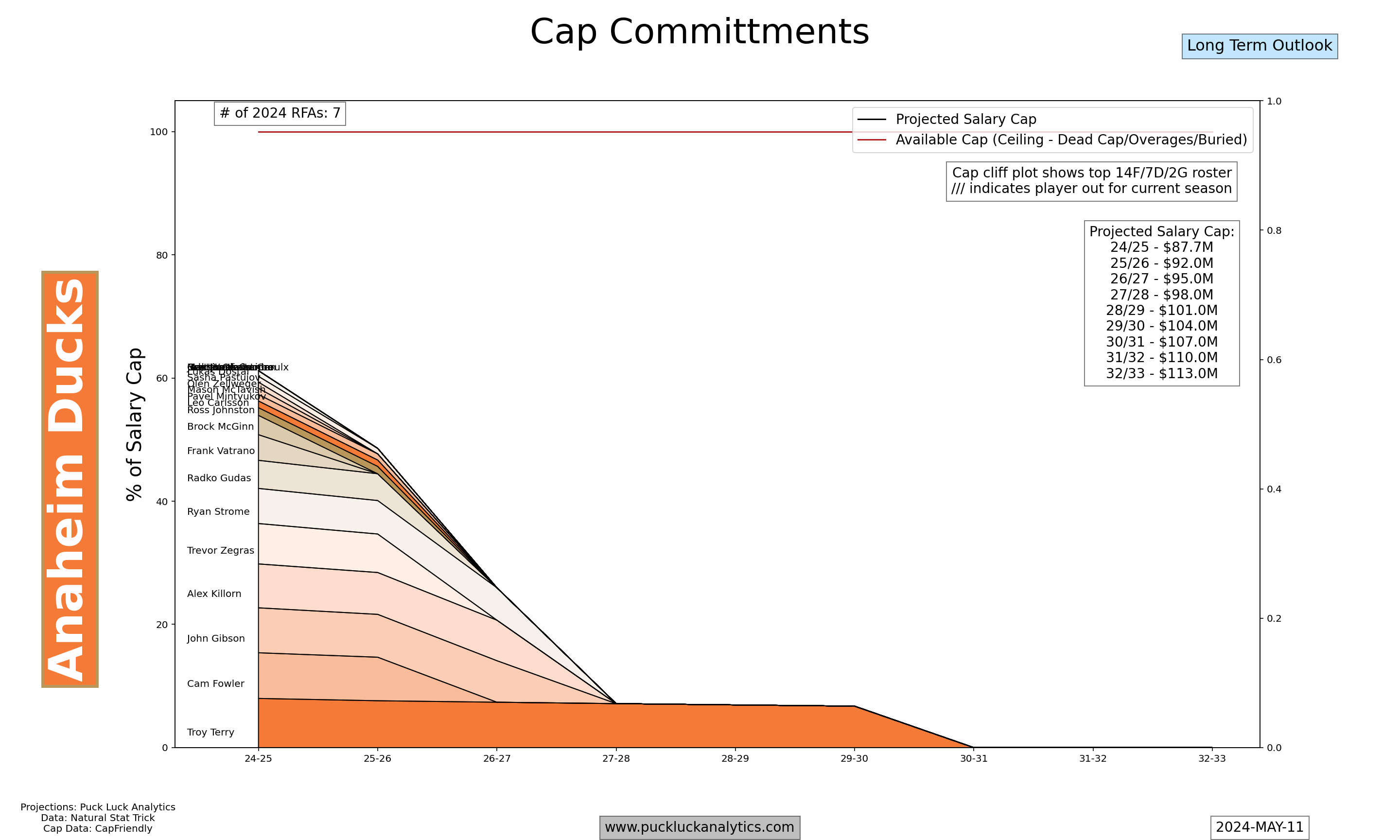
Future Assets
There’s a new wave of talent coming in Anaheim. Hockey Prospecting ranks the Ducks prospect pool 1st in the NHL. It includes defensemen Ollen Zellweger, Tristan Luneau and Pavel Mintyukov alongside forwards Cutter Gauthier, Sasha Pastujov and Leo Carlsson. There are others like Mason McTavish on the leading edge of this cohort that already have multiple NHL seasons on their resume as well. It doesn’t end there either, the Ducks are still feeding their pipeline with 24 picks across the next three drafts including 7 picks in the first 3 rounds in the 2024 draft.
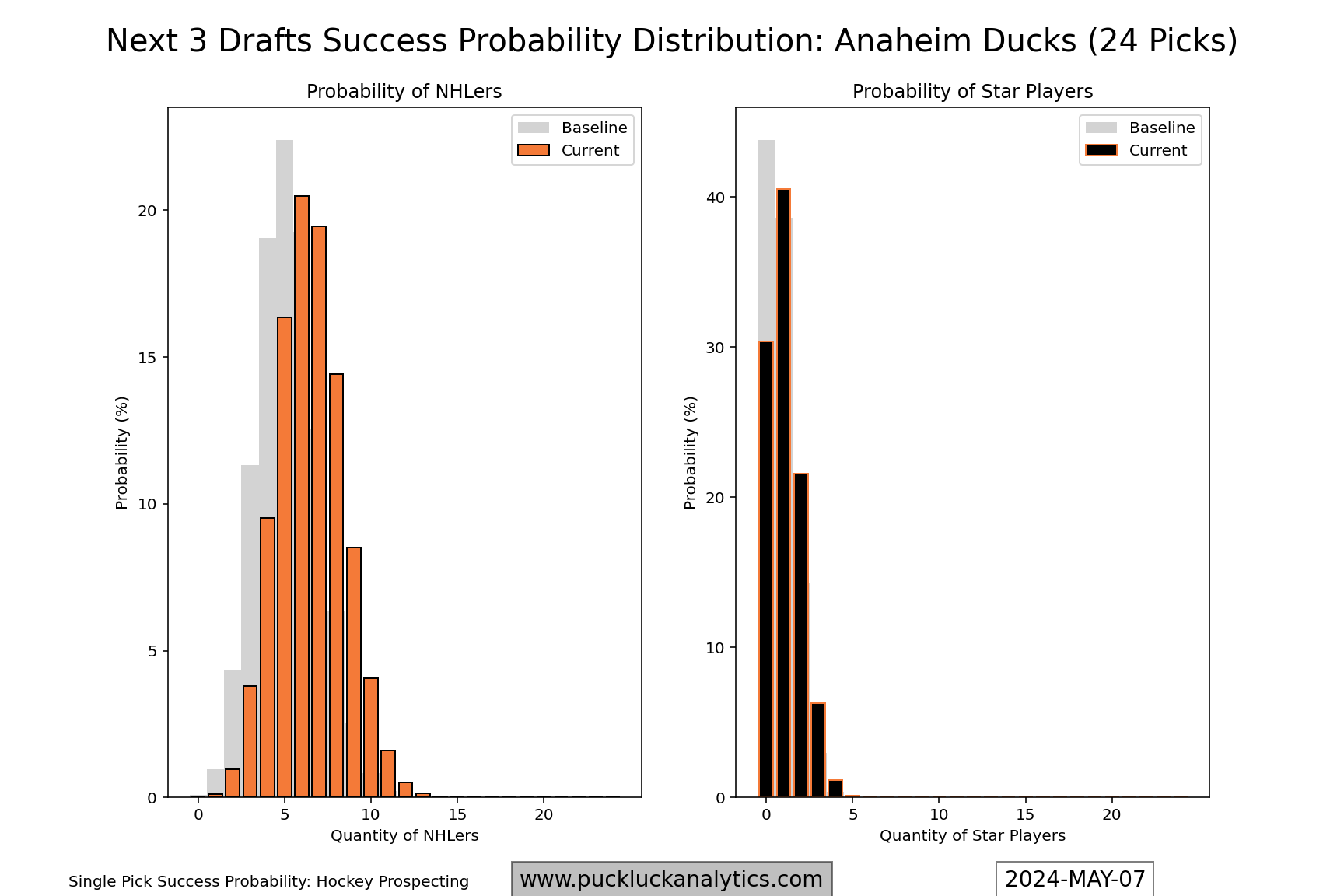
What’s Next?
The Ducks incoming cohort looks like a great start to a rebuild. Mason McTavish has shown his offensive skillset at the NHL level. At 21 years old, McTavish is on the leading edge of the cohort that should form the Ducks core during their contention window. He still has a few years of development potential ahead and it’s in the Ducks best interest to gradually increase his role as it fits with his improving impact. The same approach should follow for the other young players starting to infiltrate the Ducks NHL roster. Pavel Mintyukov’s projected possession rates aren’t fantastic after his rookie season, but he’s hasn’t looked out of place. Taking on an increasing roles in line with increasing capabilities should be the mantra for the Ducks and their young players.
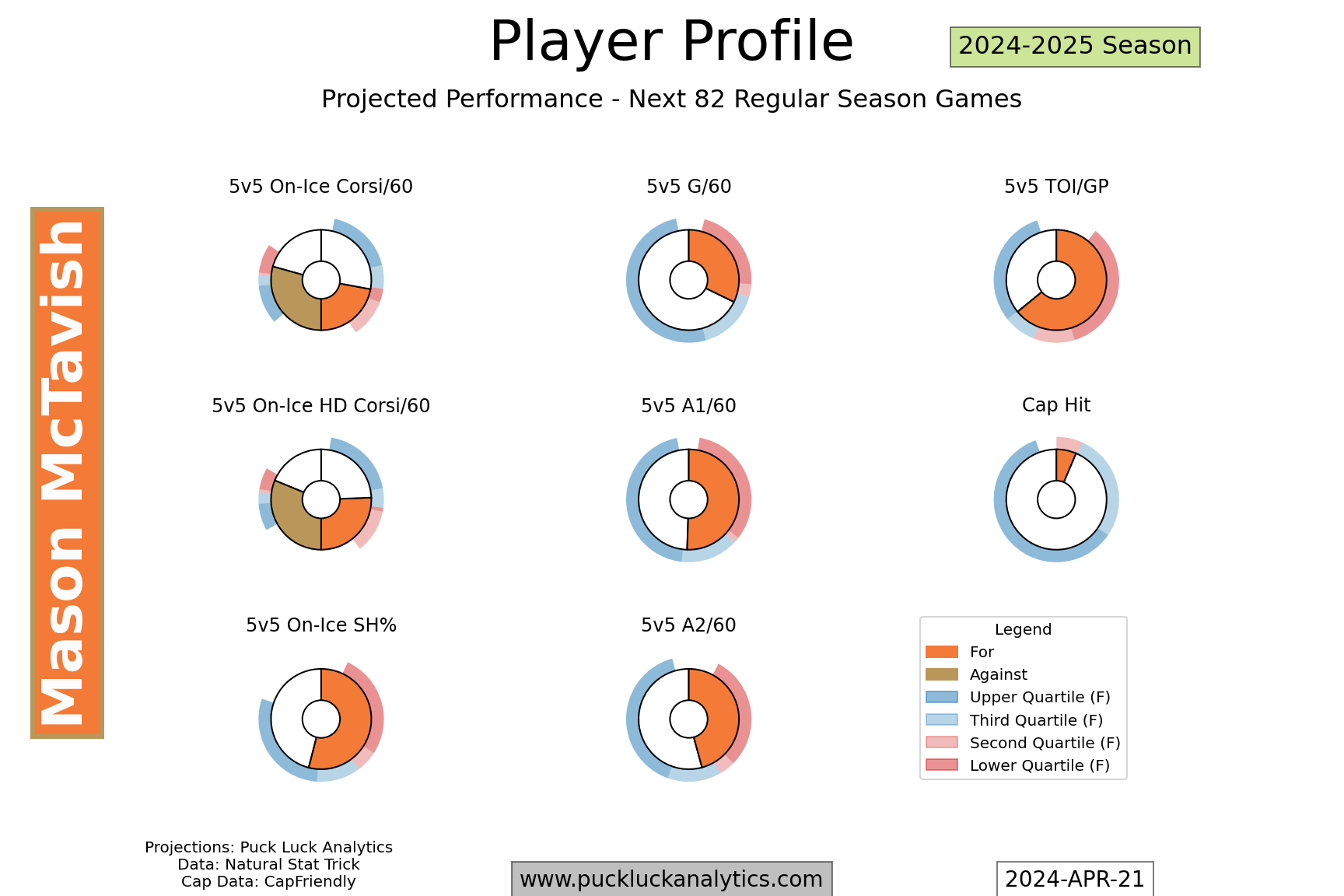

The Ducks have a cohort of late prime and veteran players that are currently helping to plug holes in the roster while the Ducks prospects percolate. Frank Vatrano has one year left on his deal. Radko Gudas and Cam Fowler each have 2. Alex Killorn has 3. These are useful players to help ease the Ducks prospects into the NHL, but they aren’t key pieces for their eventual resurgence. The Ducks are probably best off targeting a window starting about 3 years out to start taking a serious run at getting back to the postseason. As their young players grow into larger roles, this veteran group can be reduced.
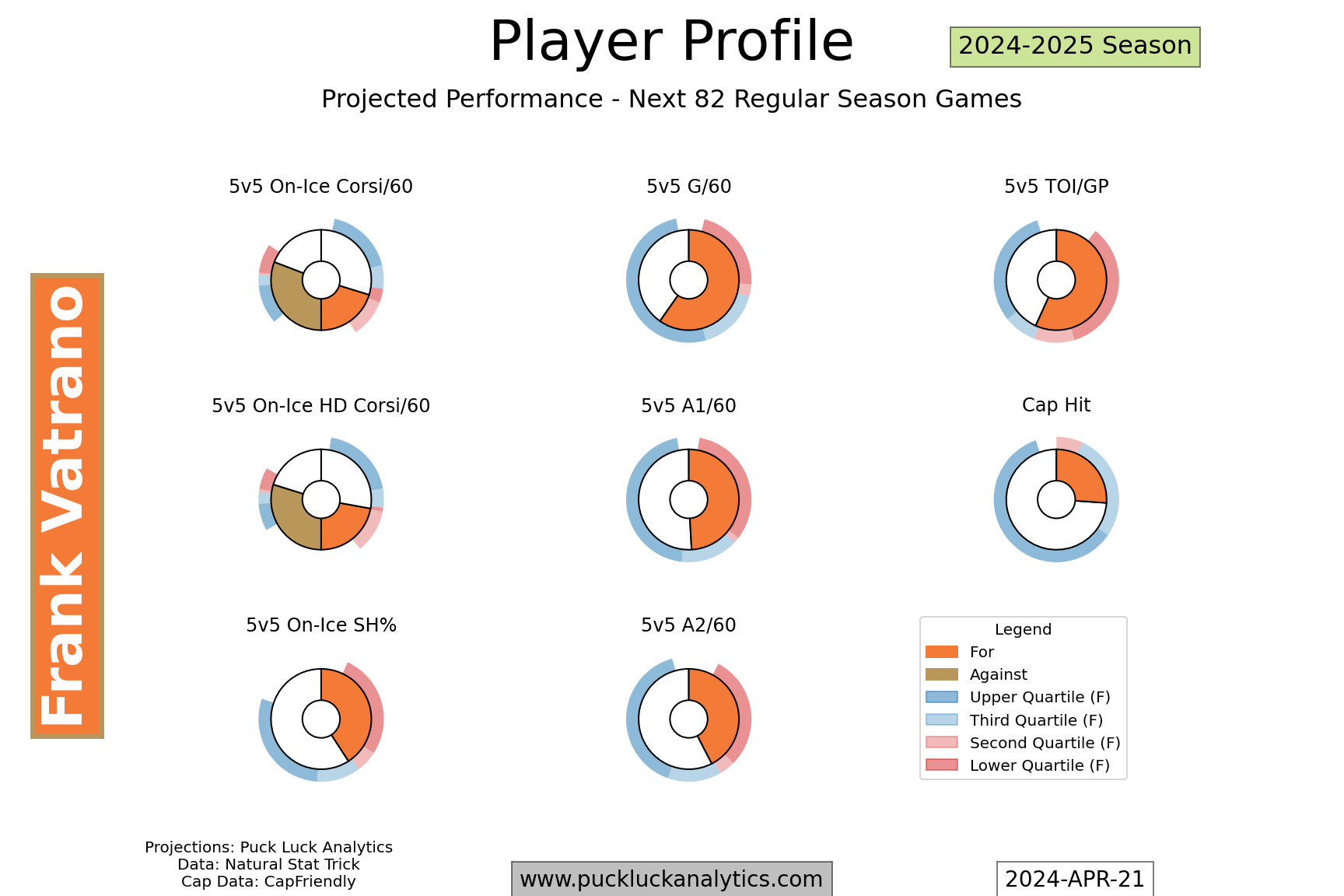
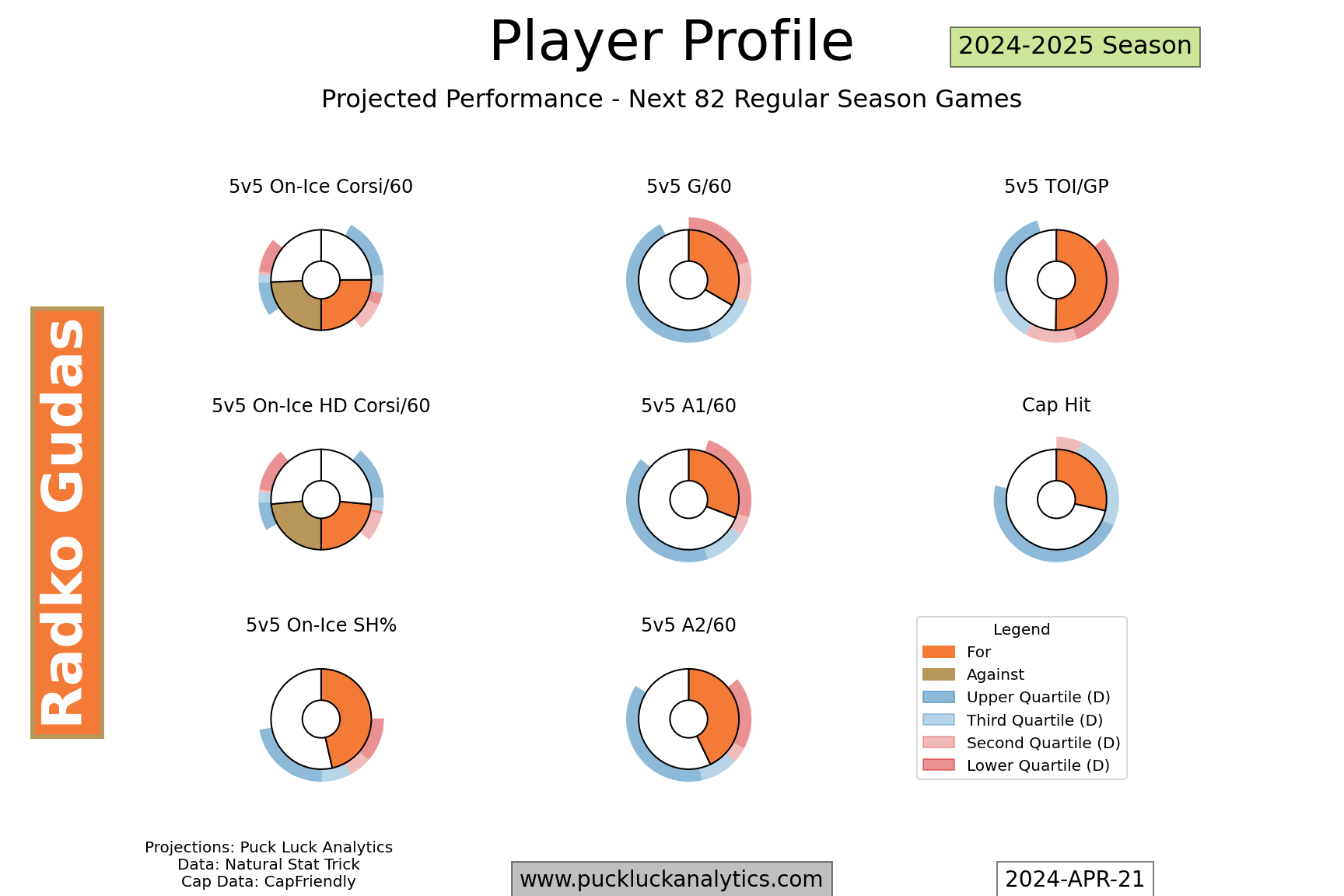
It’s not likely to come to a head this summer, but the Ducks next big decision is what to do with Trevor Zegras. A couple of years older than the leading edge of their incoming cohort, Zegras is in a more unique situation as far as the Ducks roster building is concerned. His bridge deal expires after the 2025-2026 season, at which time the Ducks will likely need to sign a big deal to keep him. That may not be in their best interests as Zegras looks like a good, but not great player at this point. Tying up valuable cap space on a good player outside their main cohort may interfere with dealing with escalating costs of the cohort.
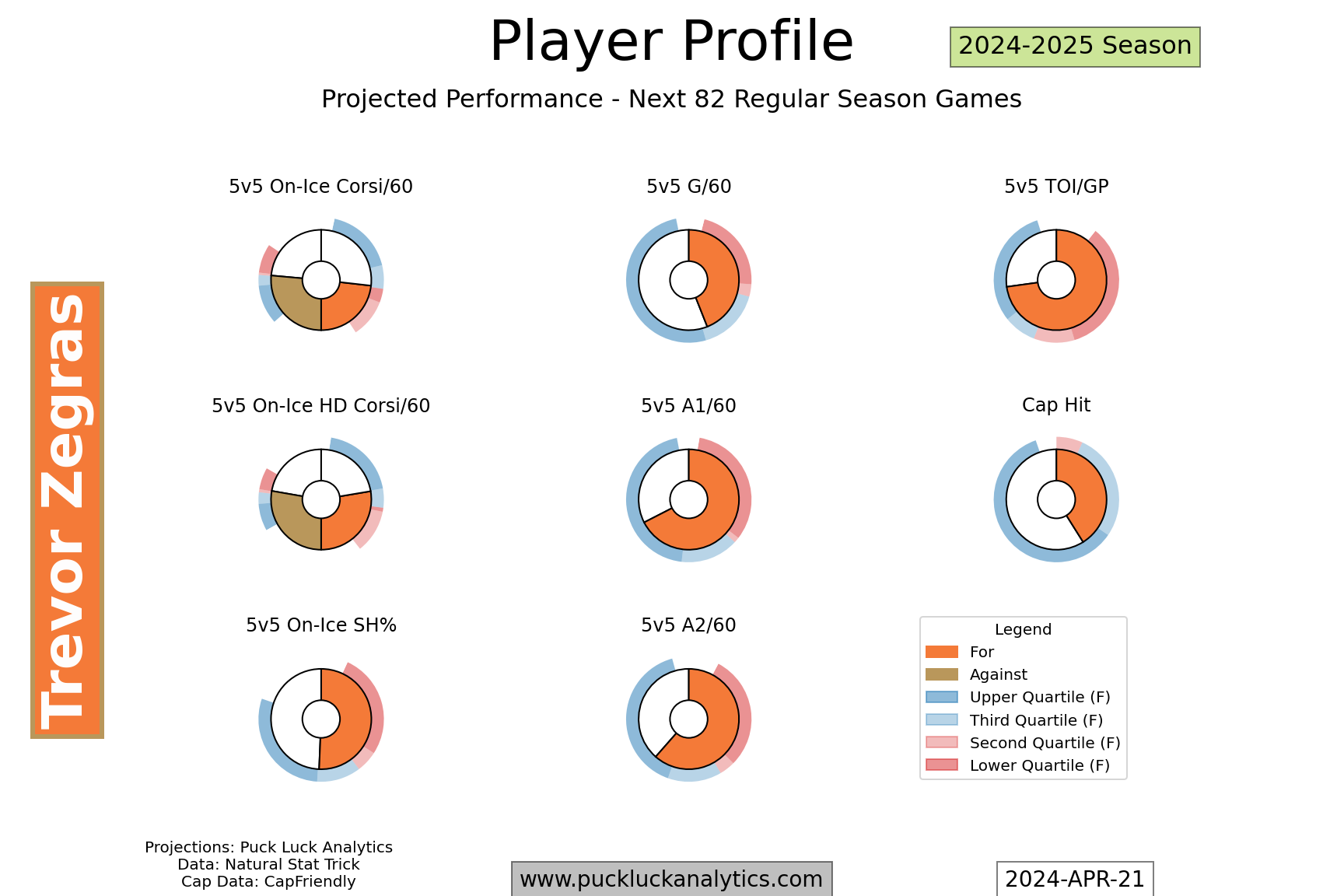
The Ducks rebuild has a lot of positive signs right now. Patience is a virtue and if the Ducks can avoid falling into the trap of trying to accelerate their rebuild, they could be a force in the Pacific when their rebuild cohort hits their prime.



